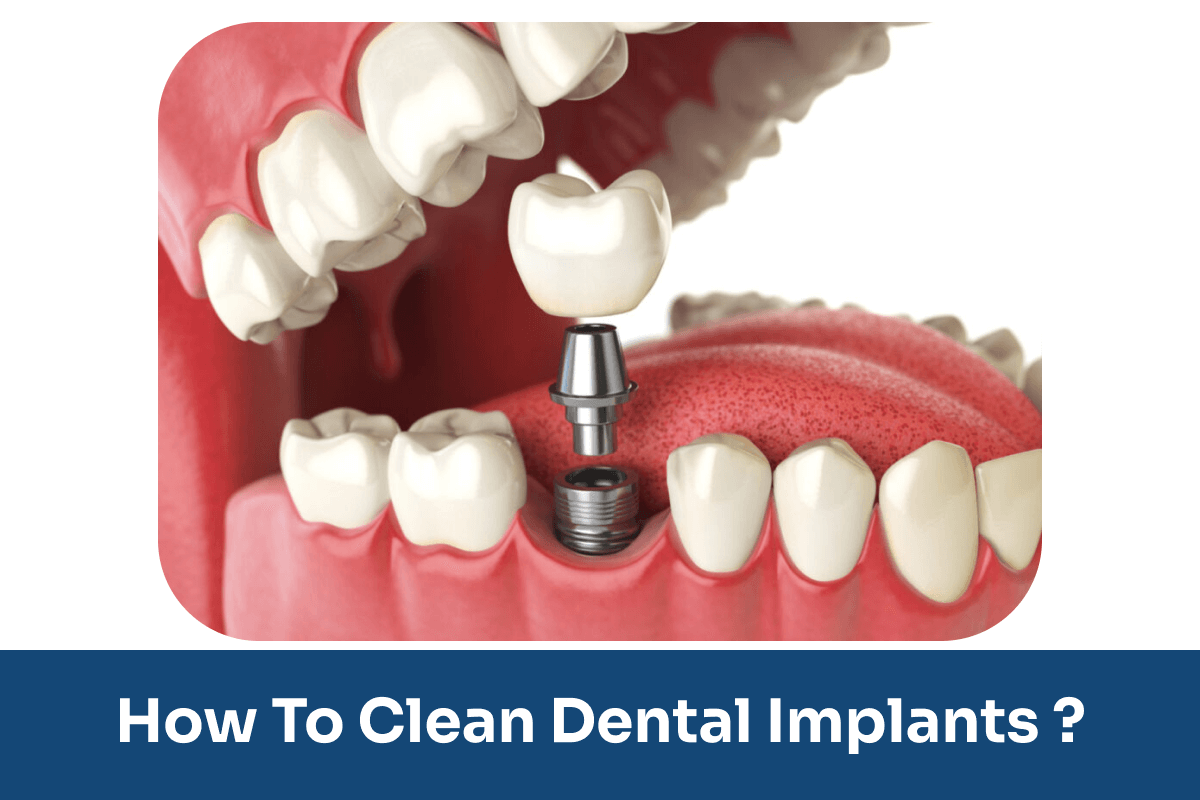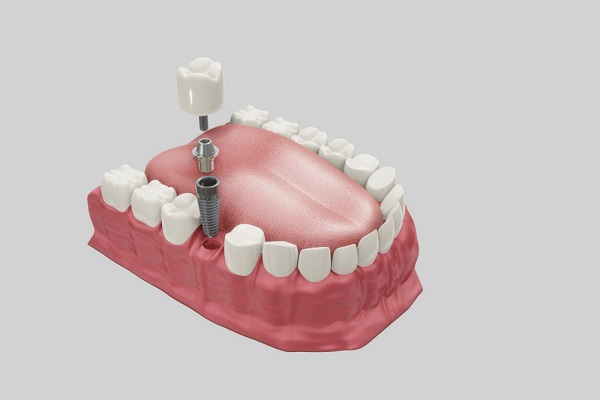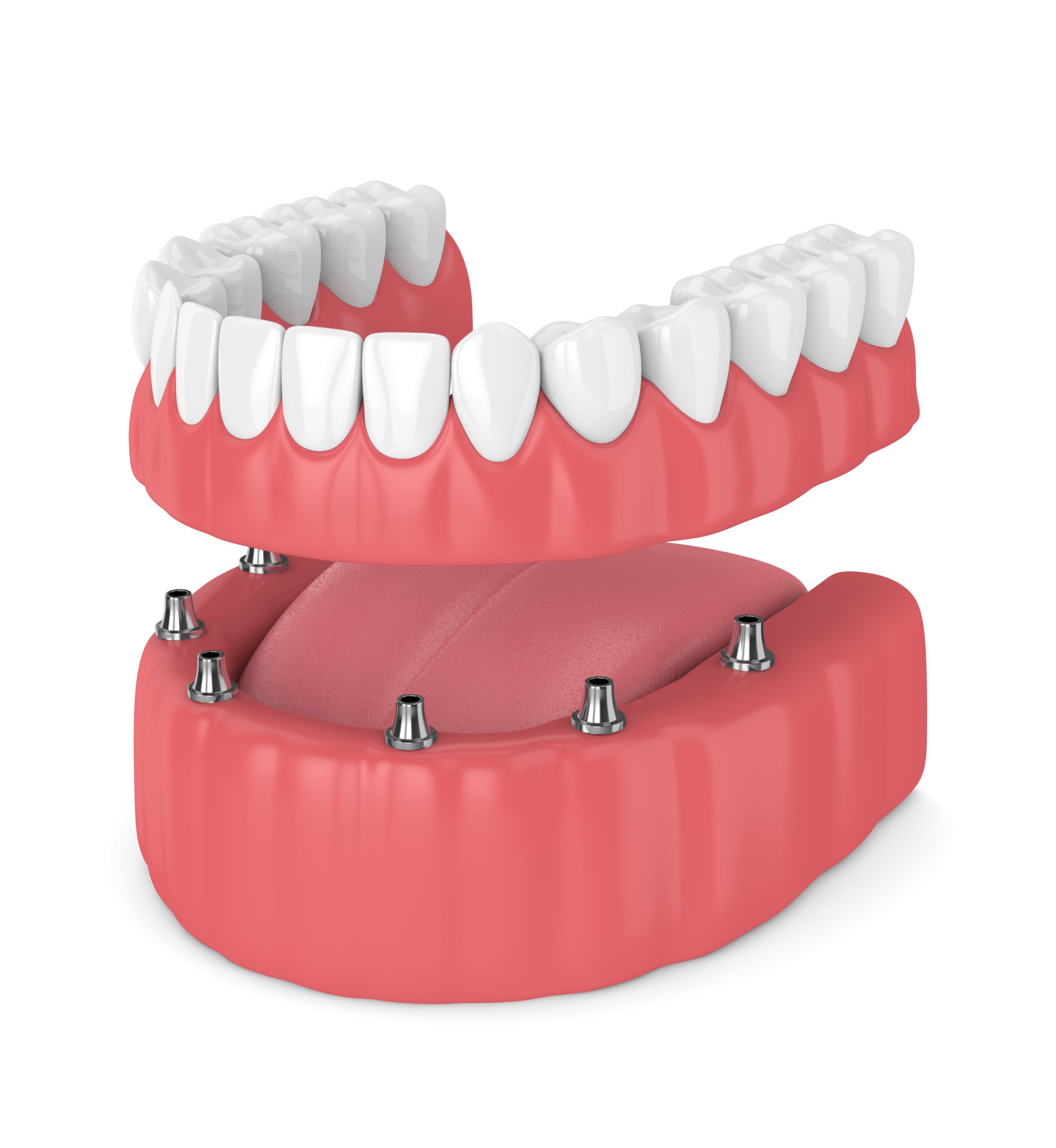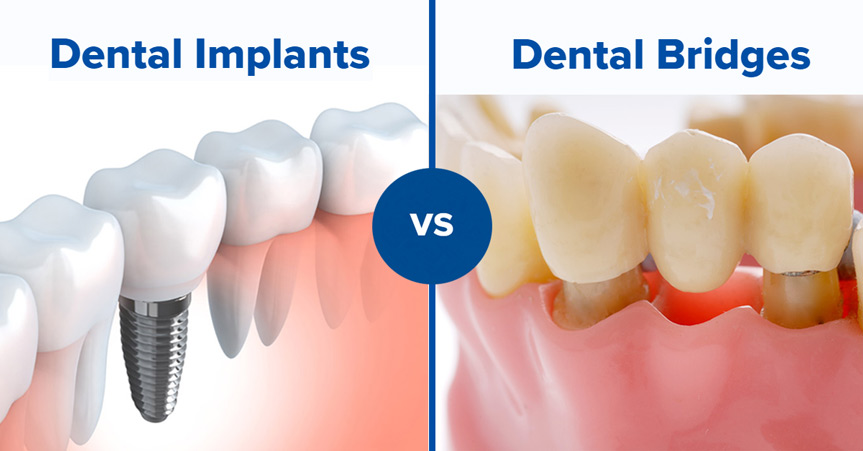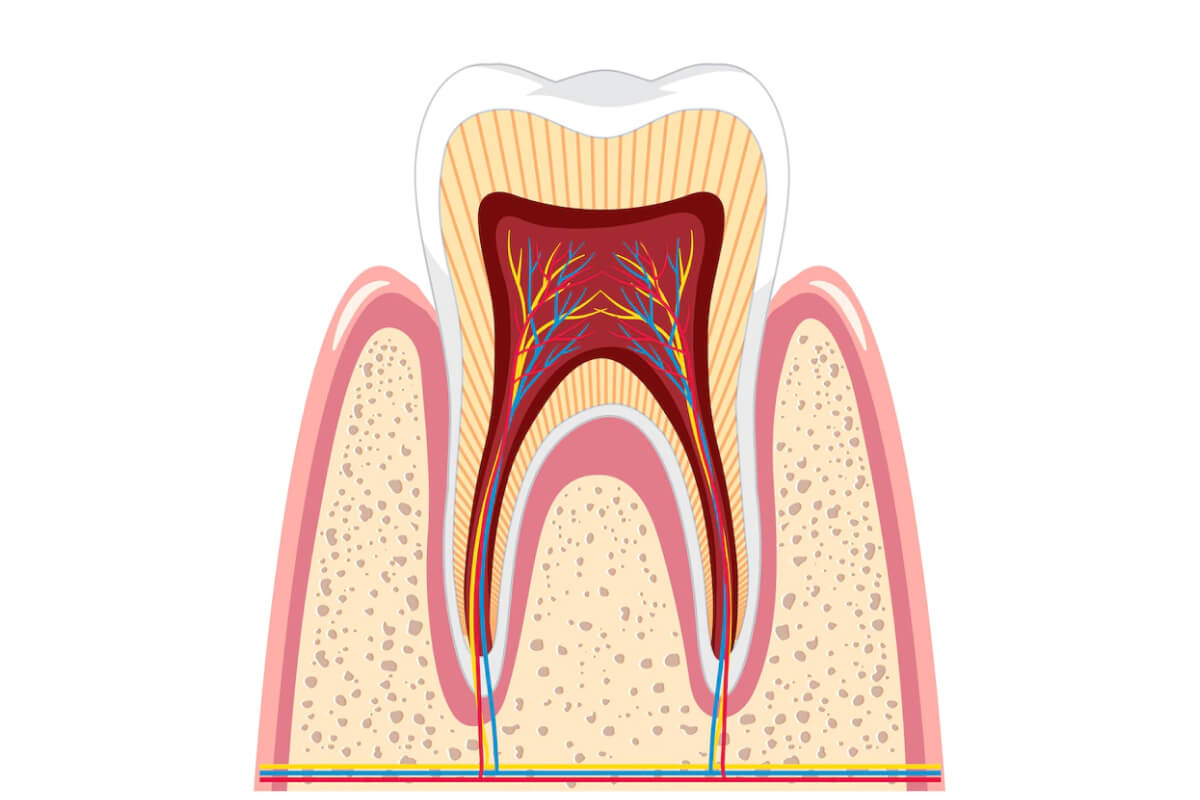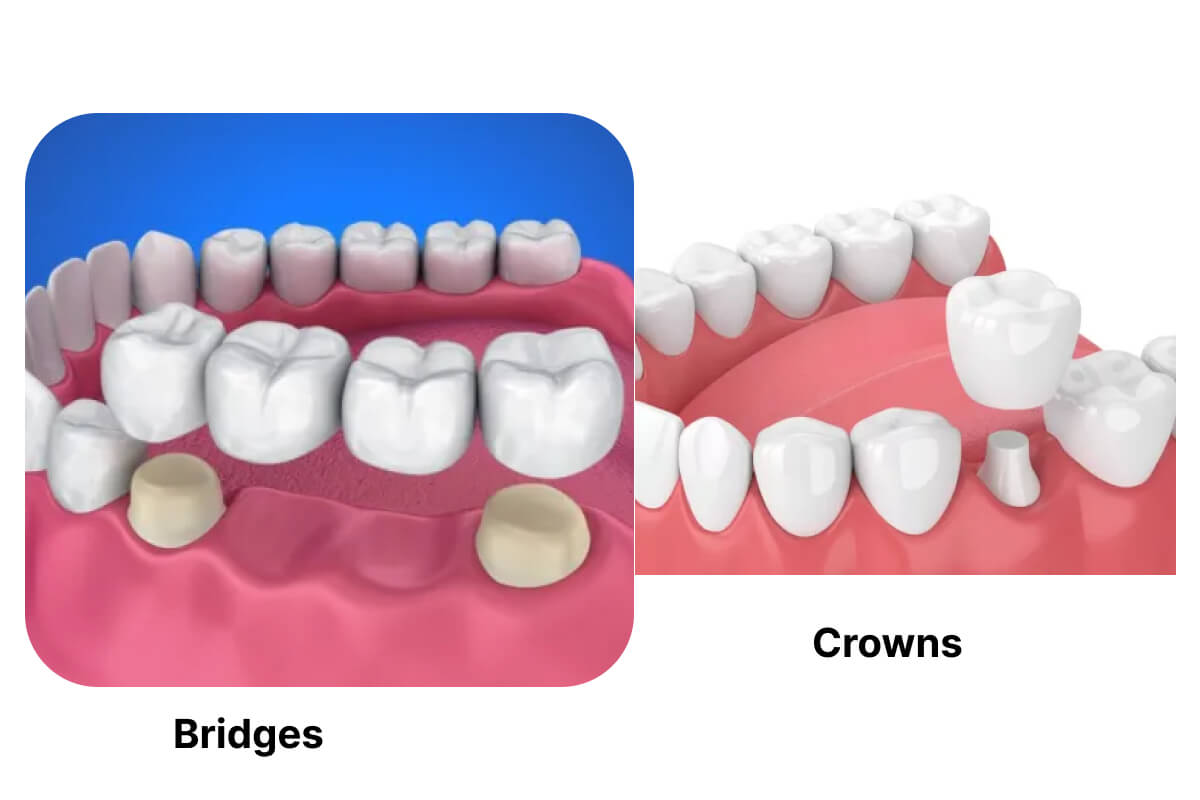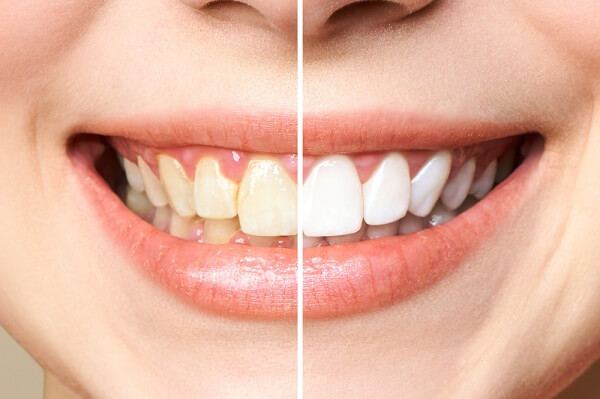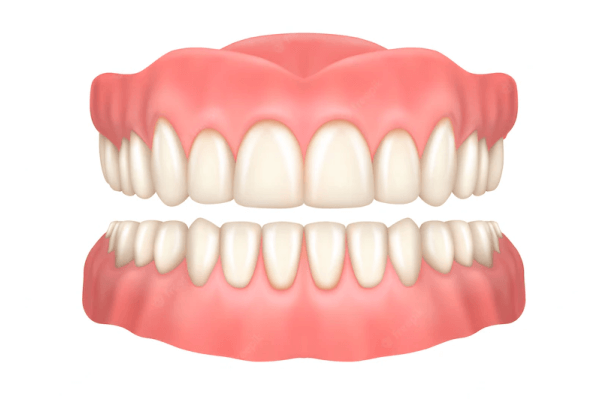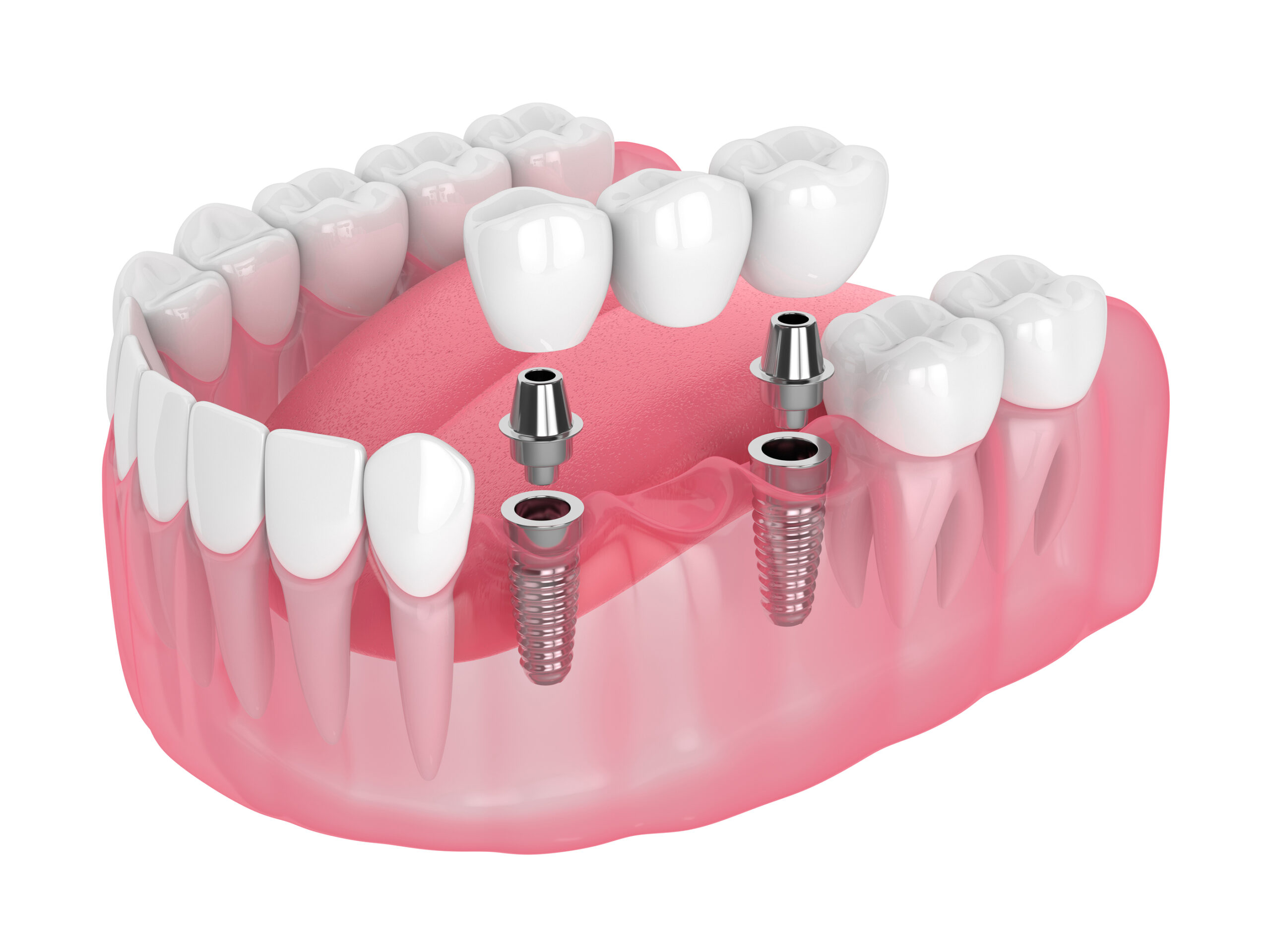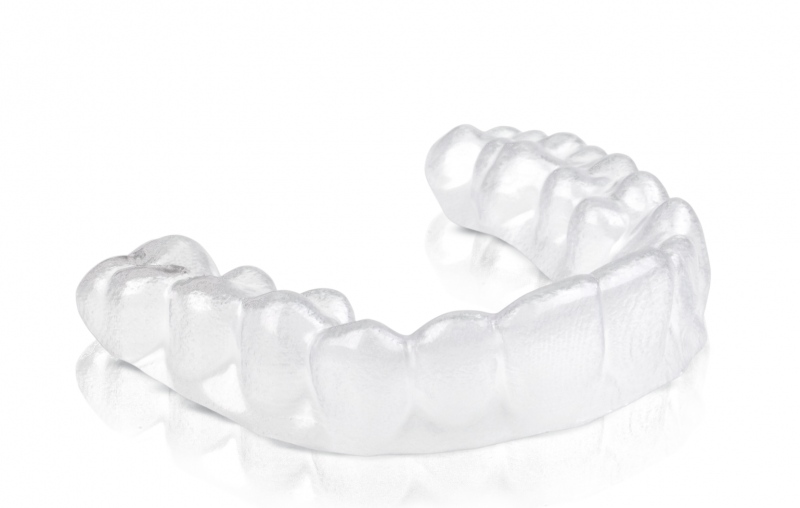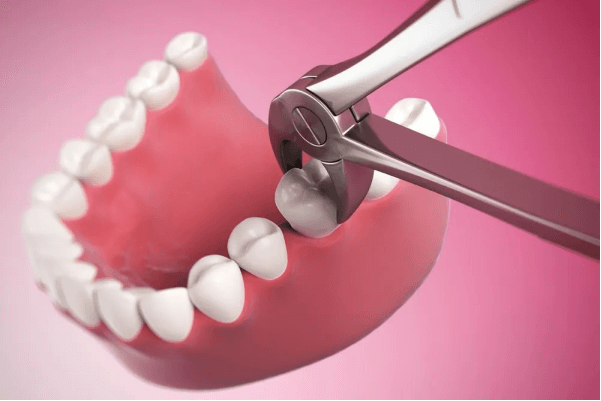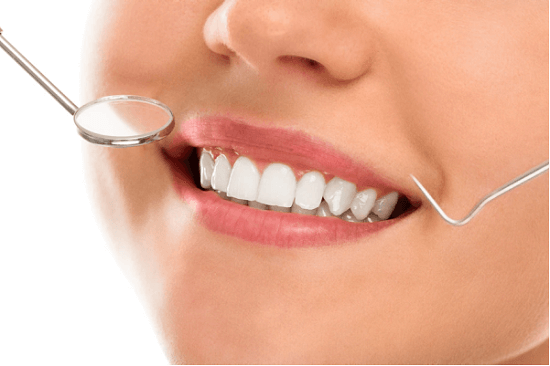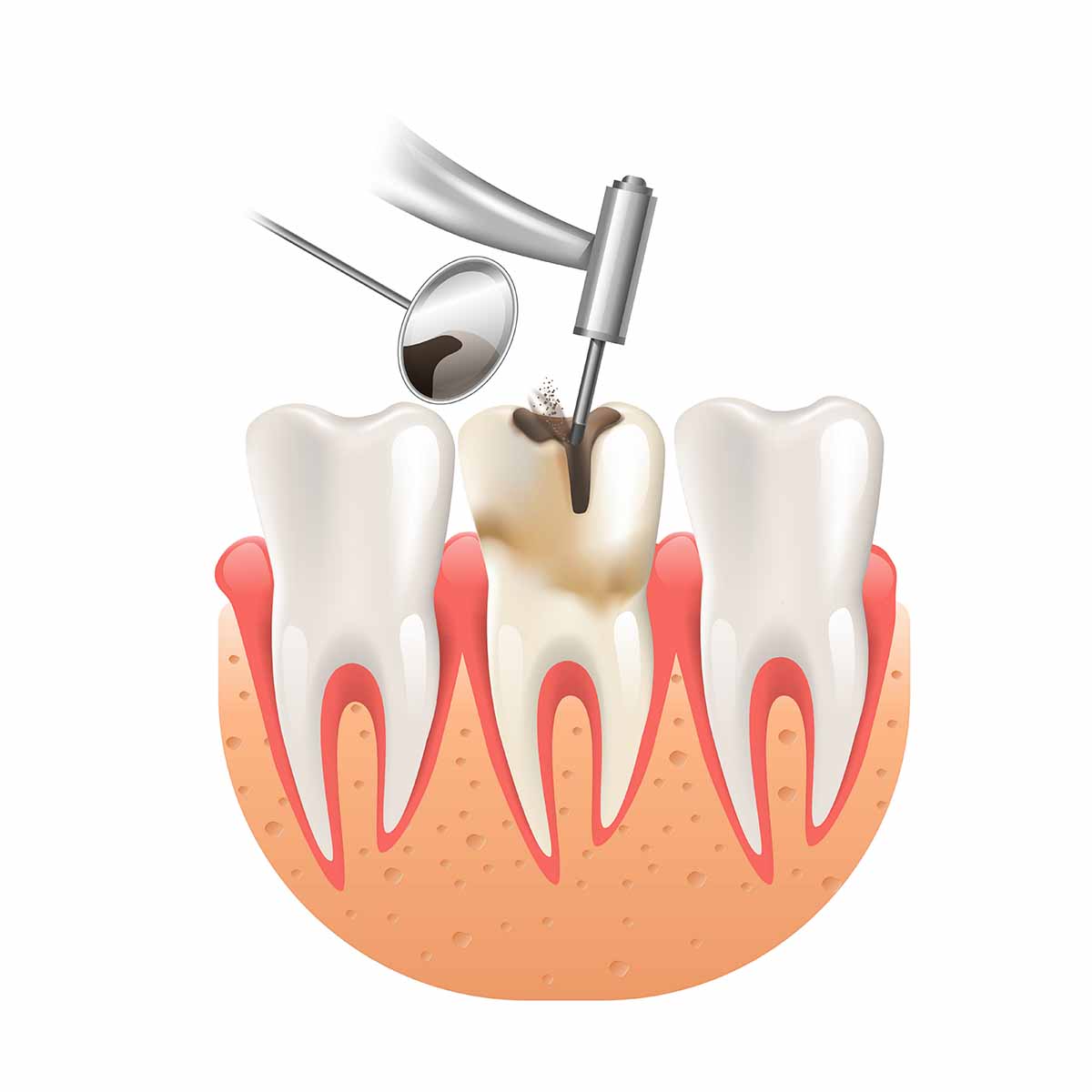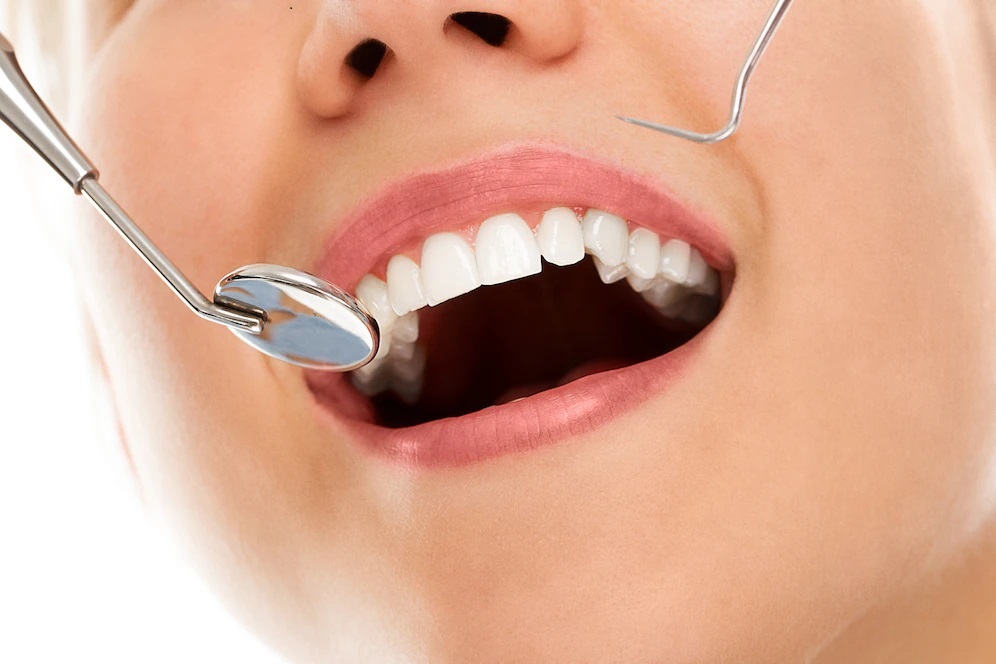A dental implant is a prosthetic tool used to restore a missing tooth. It is surgically placed in the jaw bone. It works as a replacement for the tooth root. Dental implants are also known as endosseous implants. After insertion of the implant, attachment of the crown takes place to mimic the appearance of your natural tooth
Why do you choose dental implants?
Contents
- Why do you choose dental implants?
- Advantages of dental implants
- Types of dental implants
- What is the procedure for a dental implant?
- How should you take care of your dental implant?
- What is the cost of a dental implant?
- Blogs on dental implants
- Tips to clean and maintain your dental implants
- Missing Teeth Affecting Confidence? Consider Implants
- Debunking myths about Dental Implants
- Implant and dentures together?
- Behind the scenes of placing a dental implant
- Dental bridge or an Implant- Which is better?
- Infographics on dental implants
- Videos on dental implants
- FAQs on dental implants
- More dental treatments…
- Root Canal Treatment
- Bridges & Crowns: A Reliable Way to Restore Your Smile
- Teeth whitening
- Dentures
- Dental Implants
- Transform Your Smile with Clear Aligners
- Wisdom tooth removal
- Teeth scaling and polishing
- Dental filling
- Smile Makeover
- Gum diseases
- Preventive Dentistry in Adults
It is used to replace missing teeth. Tooth loss can be due to trauma, accidents, decayed teeth, or gum diseases. Following are the reasons one can choose to get a dental implant
- Reestablish the pronunciation
- preserves the facial appearance
- Restores biting and chewing difficulties.
- Due to the missing space, there are chances of tooth decay or gum problems because of food accumulation and entrapment.
Advantages of dental implants
Following are some of the advantages of dental implants:
- Aids in the restoration of missing teeth and provides a natural appearance
- Maintains the facial contour and shape, and the smile
- Adjacent teeth are not damaged.
- There’s no difficulty with speech or chewing manners.
- It improves the comfort
- With proper care, it lasts for a longer time.
Types of dental implants
Single tooth implant:
If there is only one missing tooth, the implant is surgically placed and an abutment is connected to it. A crown is later connected to the abutment screw. If there are multiple missing teeth, then dental implants work as a tool for a fixed prosthesis or removable denture.

Implant-retained fixed bridge:
An implant-retained bridge is used when patients ask for fixed prostheses In these cases, the implant screw provides support and strength rather than using the adjacent tooth for support. This can be used for even two teeth or more, or even the entire arch.

Implant-supported overdentures:
This is a removable implant-based denture. In this type of prosthesis, the support and stability are provided by the implants. This is normally used for the edentulous arch. This denture can be removed with the help of finger pressure.

Orthodontics mini-implants:
In orthodontic treatment, dental implants work as a replacement for missing teeth or a temporary anchorage device (TAD) to provide additional support for the movement of the tooth.

What is the procedure for a dental implant?
This procedure is done only by professional implantologists. The first step involves an X-ray examination. After investigation, a treatment plan is made.
Next, the dental implant, which is made of titanium, is placed in the socket of the missing tooth. The implanted root is left in place for about two months to allow the bone to heal properly. The bone grows around it, and it securely holds the post within the bone.
After a specific period, your dentist will take another X-ray to look for the healing of the bone surrounding the implant. If the implant is fitted properly in the bone, then the next step is performed.
The implant is then fitted with an abutment. Then, the dentist takes an impression of your mouth so that the crown can be fabricated. The crown is attached to the abutment. The dentist chooses the same shade for the crown as the natural tooth. The crown is cemented or screwed to the implant.
How should you take care of your dental implant?
- On the day of surgery, avoid touching, spitting, or rinsing the wound.
- For the first 24 hours after implant surgery, some bleeding or redness in the mouth is normal.
- Bite on a gauze pad (placed on the bleeding wound) for 30 minutes to stop the bleeding. If the bleeding does not stop, consult your dentist for further instructions.
- Swelling is normal following surgery. Apply an ice pack to the cheek in the surgical area to reduce swelling.
- Drink plenty of fluids, but avoid hot beverages. On the day of surgery, stick to a soft diet. Once the surgical site has healed, you can resume your normal diet.
- Begin taking pain relievers as soon as you notice the effects of the local anesthetic wearing off. Take the medications prescribed by the dentist, however.
- Without good oral hygiene, healing is impossible. Use the prescribed oral rinse twice a day, after breakfast and before bed, for the first day after surgery. Spit it out after at least 30 seconds of rinsing. Warm salt rinses should be used at least 4–5 times per day. Brush the surgical area gently at first to prevent infection.
- After implants, do not use or consume tobacco products of any kind. It not only impedes healing, but it may also increase the likelihood of implant failure.
- Exercise should be avoided or limited immediately following surgery. You should be aware that exercise can cause bleeding or throbbing; if this occurs, stop the activity immediately.
- Healing abutments will be installed at the same time as the implant. So, keep them clean by rinsing them frequently. Wait for the stitches to dissolve before gently massaging the abutments.
- Avoid wearing partial or full dentures or flippers for at least 10 days after surgery.
What is the cost of a dental implant?
The cost varies from patient to patient. If the implant tooth does not fill the missing space, the adjacent tooth begins to move into the space, and jaw bone loss begins. So, it is better to go for dental implant treatment. There are various steps to this, and so the procedure makes it expensive.
Highlights:
- The teeth-whitening procedure is used to restore the natural color of your teeth and remove stains.
- One can achieve a brighter and whiter smile by going for professional teeth whitening or by using over-the-counter products.
- Taking proper care after the treatment helps to last longer your aesthetic smile.
- Consult your dentist for the treatment option and have a regular check-up after the treatment.
Blogs on dental implants
Infographics on dental implants
Videos on dental implants
FAQs on dental implants
Dental implants are made of titanium.
With proper care and maintenance of oral hygiene, implants last a longer period of time.
You cannot decide which implant is best. The dentist chooses which implant is best depending on the jaw bone density and the amount of available space.
Yes, dental implants help to maintain facial appearance. It maintains the density of the jawbone to support the natural teeth.
If there is insufficient bone support, infection, nerve or tissue damage, a suboptimal implant position, or if you do not follow postoperative instructions, the dental implant will fail.
No, they are not painful, as the dentist will administer local anesthesia. Although one can feel little pain after the procedure.

